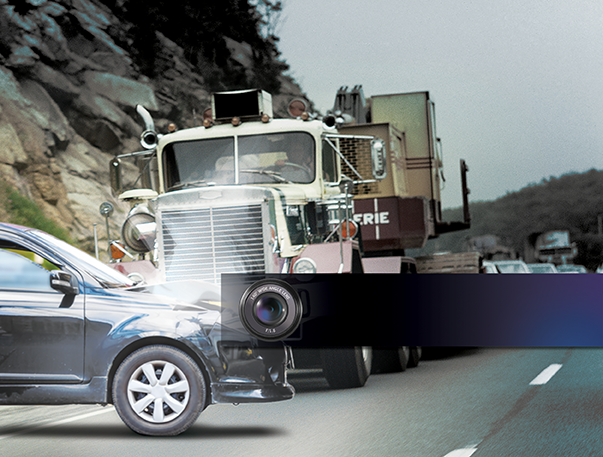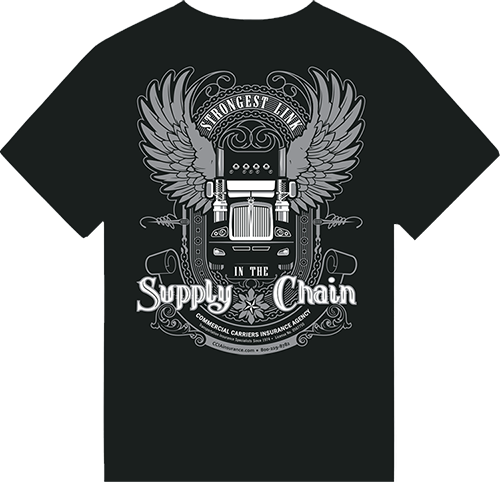HOW MUCH IS ENOUGH?
H.R.6884 Fair Compensation for Truck Crash Victims Act is a bill that attempts to raise the existing minimum insurance requirements for commercial truckers from $750,000 to $5 million.
H.R.6884 was referred to and introduced into the House of Representatives on December 22 by Rep. Jesus “Chuy” Garcia (D-Ill.). This is the third such attempt at increasing liability minimums by the Representative. Garcia believes current minimums are not adequate to cover today’s medical costs and potential losses from serious crashes. The $5 million figure would also be indexed for inflation.
Numerous crash studies over the years have placed the majority of fault (up to 91%) on the four-wheeling public yet a minimum insurance increase is only being considered for commercial carriers. Every crash, every fatality and every injury is a tragedy, but laying blame, guilt and burden solely on motor carriers does not seem to fit the bill. There is no data to corroborate that raising minimums would improve safety as the Representative claims it would.
According to a researcher at the University of Michigan Transportation Research Institute, “The actions of other vehicles on the road contribute substantially to the toll. Even if all trucks were operated perfectly, only a minority of the fatal crashes would be eliminated.”
More than one study by the Department of Transportation acknowledges the disparity in fault between commercial trucks and the motoring public and went as far as listing the unsafe driving acts of those car drivers in the study, here are the top 10:
- Driving inattentively (e.g., reading, talking on the phone, fatigue-induced)
- Merging improperly into traffic, causing a truck to maneuver or brake quickly
- Failure to stop for a stop sign or light (also, early or late through a signal)
- Failure to slow down in a construction zone
- Unsafe speed (e.g., approaching too fast from the rear/misjudging truck’s speed)
- Following too closely
- Failure to slow down in response to environmental conditions (e.g., fog, rain, smoke, bright sun)
- Changing lanes abruptly in front of a truck
- Driving in the “no zones” (left rear quarter, right front quarter, and directly behind)
- Unsafe turning, primarily insufficient headway
In 2020, instead of a standalone bill, Garcia added a provision as part of the highway bill that would have increased insurance minimums. That provision was supported by Democrats in the House but ultimately failed in the Senate. Truckers are urged to stay vigilant on this issue and let their voices be heard by contacting their lawmakers and encouraging them to oppose Garcia’s bill.
We will keep you posted if/when this bill moves at all. Source: H.R.6884



